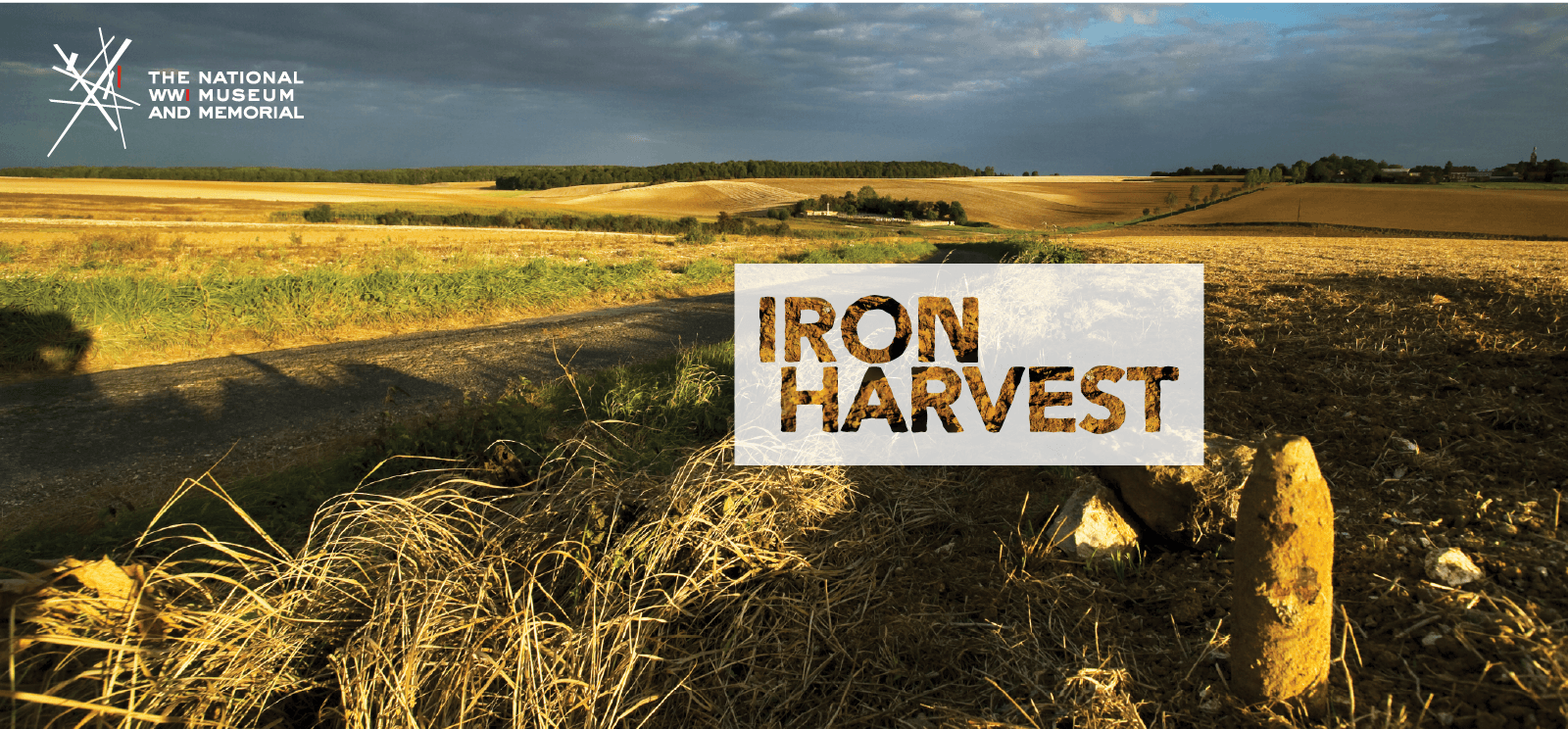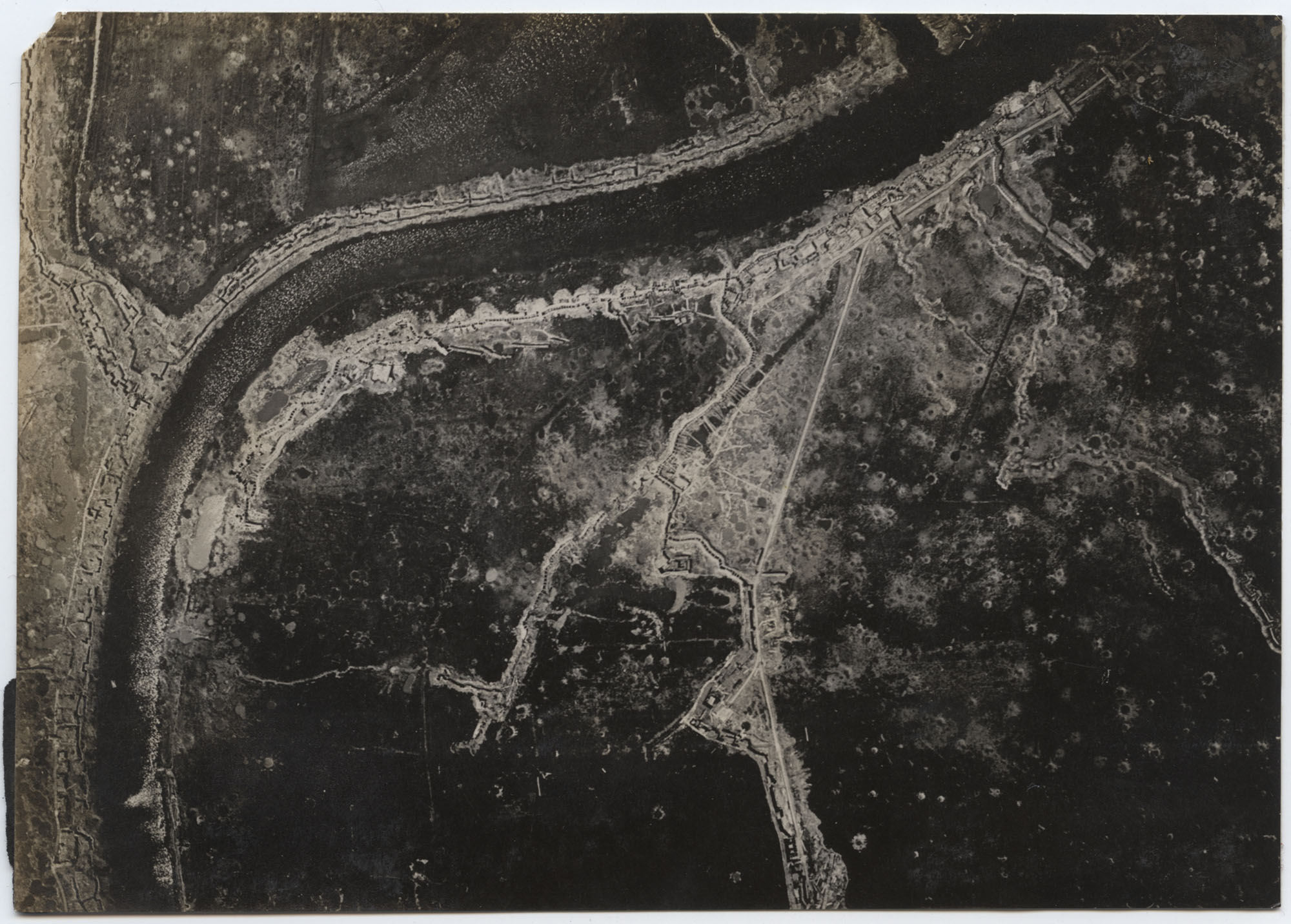Contemporary photos a gift of Michael St Maur Sheil


Through historical photographs of fields and forests decimated by WWI armies and haunting modern-day photography of these still-dangerous landscapes, visitors will confront a lingering legacy of war that outlasts conflicts by generations.
Contemporary photos a gift of Michael St Maur Sheil